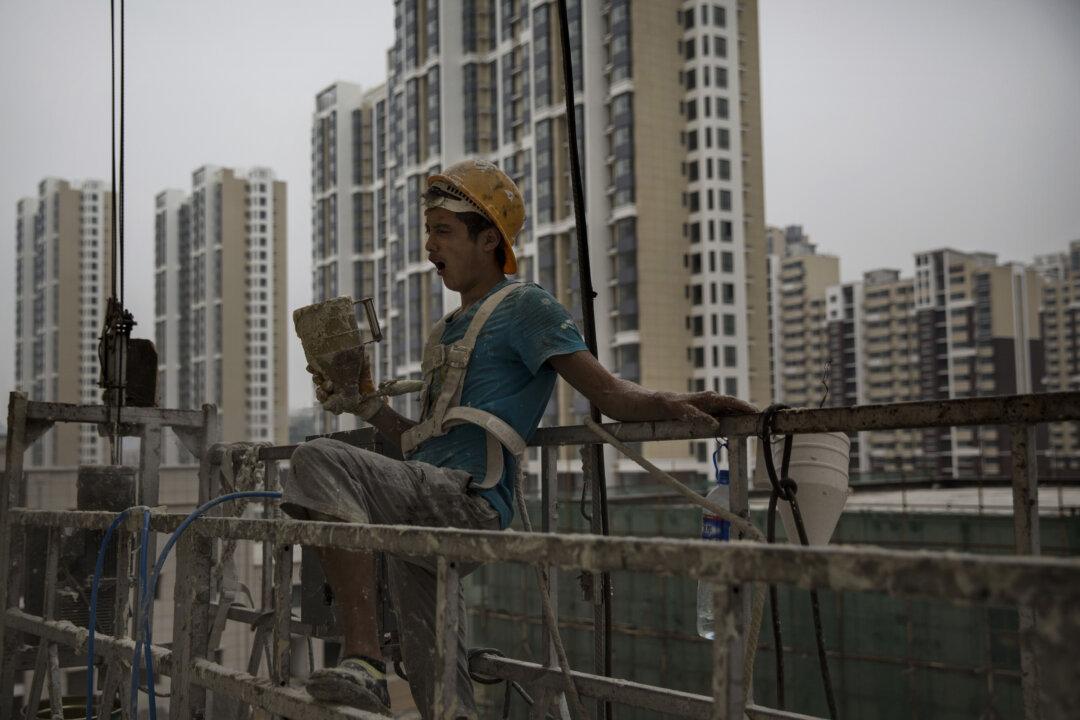Property prices in a small city in China’s northeastern Heilongjiang Province nosedived in 2021 to the point they are the lowest in the country, and the local government is China’s first to undergo fiscal consolidation.
Hegang, a city with a population of less than 900,000, is regarded as a Tier 5 city in China. As early as 2019, an older apartment with a floor area of 40 square meters (about 431 square feet) sold for $4,700.





